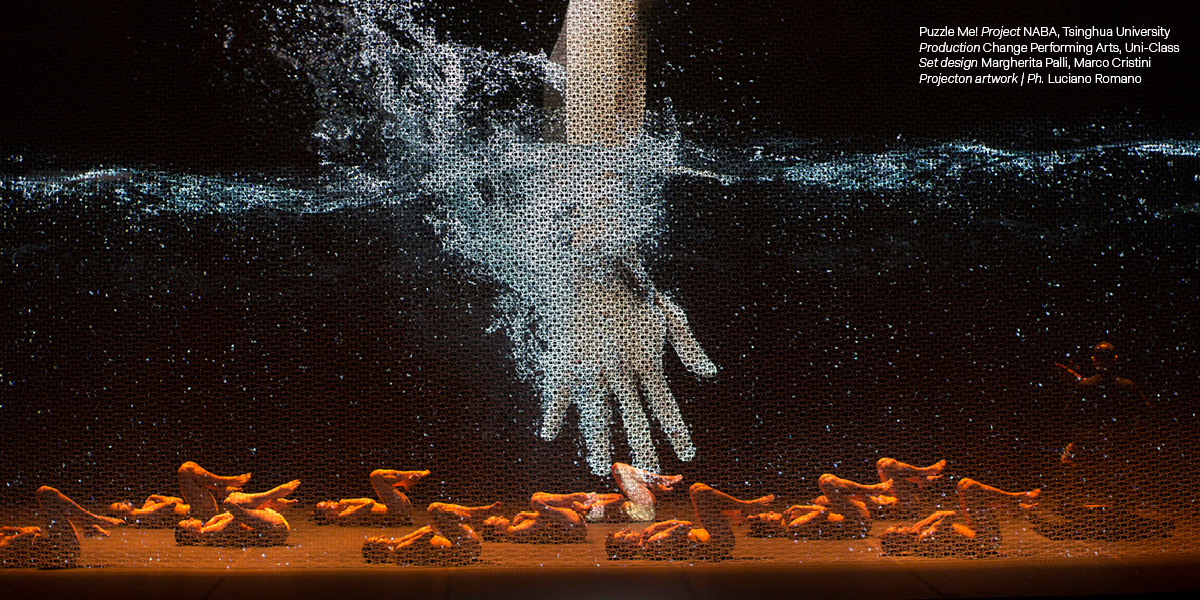
-
Bachelor of Arts in
Set Design

The Programme: overview
The BA provides students with the tools to address the complex reality of set design through the study of design-related topics in the fields of theatre, events, exhibitions, fashion shows, cinema and television, among others. Through crossover courses like photography, light design, costume design and performing arts, and internships at theatres and leading companies in the field, students acquire qualified skills to enter the professional world, including the development of professional dossiers, budgets and periodic analysis production, work planning and organisation.
Over the BA, students will have the opportunity to:
- To devise and design stage sets, costumes, installations
- To organise projects, budgets and plannings
- To work in a team with theatre planning and direction departments, and with curators for art, design and fashion events
Department: Design and Applied Arts
Area: Set Design
Title Awarded: First Level Academic Degree*
Credits: 180 CFA
Starting: October 2025 (English and Italian) - February 2026 (Italian)
Duration: 3 years
Languages: Italian and English
Campus: Milan
*Degrees recognised by the MUR